I do not know how common such customs were among other Americans of my generation. What I do know is that by the time I graduated from college in the early eighties, very few of my classmates and friends were actively laying claim to this tradition of historically minded alchemy.
In the late seventies, Jimmy Carter had grasped that our long national adolescence was coming to a close. He asked us, in effect, to decide what kind of nation we wanted to be when we grew up.
Alarmed by the question and its implications, the country elected Ronald Reagan who told us to go back to doing what we had been doing and that, insofar as we had problems as a people, it was with overly introspective officials like his predecessor in the White House.
Yes, to come of age in the eighties was to be told, again and again by the makers of public opinion, that the past did not really matter, that, in fact, only navel-gazing losers spent their time and energy trying to decipher its inevitably depressing lessons.
So, armed with little more than the puerile hope some day becoming a latter-day Hemingway Hero, I ventured to the Iberian Peninsula where I found, to my delight, that the tradition of sitting around and telling stories about the past was in surprisingly good health.
In time, I moved from the realm of personal and familial accounts to that of collective narratives, with a special emphasis on the stories that Basques, Catalans, Castilians, Galicians and Portuguese—and in a somewhat less sustained and vigorous fashion, Asturians, Valencians, Mallorcans and Canary Islanders—had generated to explain their unique “places” in the world.
In the mid-eighties and early nineties the drive to generate and disseminate new and/or recycled social “truths” was quite palpable to most astute observers of Spanish and Portuguese culture. For a long time, I contented myself with believing that this was a peculiar trait of, as taxonomically oriented social scientists like to say, “societies in transition.”
As my studies on the theory and practice of nation-building deepened, however, I came to realize the artificiality of this distinction. As my dearly admired mentor Itamar Even-Zohar has convincingly shown, “culture-planning”—the orchestrated efforts of social elites to generate cohesion and proneness-to-act among otherwise unruly and heterogeneous national populations—is a ubiquitous, if also often largely unexamined, activity in every society. Indeed, it is precisely in those places where the population has the lowest consciousness of its presence that it can usually be found in its strongest and most well-organized condition.
I thus began to realize that I was probably wrong when I concluded earlier on that the art of storytelling was dead in the USA. My mistake, it seems, was in hoping to find it in the places—such as the dinner table and the back porch—where I had seen and heard it in my childhood.
In today’s USA we have storytellers in abundance. However, they are now mostly found in offices in Hollywood, Washington and New York. Indeed, it is thanks to the very effective messaging generated by these powerful cultureplanners in regard to the supposedly unique levels of “freedom” “individuality” and “choice” in our polity, that most Americans, even educated ones for whom skeptical curiosity is supposed to be a way of life, cannot even begin ask, never mind answer, important questions regarding the role of propaganda in our society.
One of the main goals of this book, then, is to try and stimulate others to recognize and dissect the function of elite-generated culture-planning in our civic spaces. It is, I believe, only when less economically privileged Americans gain a clear understanding of what Bourdieu liked to call the “structuring structures” of public discourse, that they will be able to create countervailing institutions capable of generating a more democratic and dignity-driven culture in their midst.
Conjoined to this hope of changing, in some small way, the tone and content of our dominant social pedagogies, is a more deeply personal, and some might even say, vain motive.
During the last 90 years or so, the so-called Western world has been afflicted with intermittent and inevitably murderous bouts of authoritarianism. At the end of each of these feverish episodes of mendacity and human destruction, attempts are inevitably made to explain how such gruesome things were allowed to take place within what people liked to think of as civilized societies. And at the end of each such inquest we are told, in effect, “no one truly understood what was happening” and that as a result, “no one could have foreseen or prevented” the catastrophe that eventually took place.
Within the last ten years alone we have seen our government and press establishment tell us, again and again, that “no one could have foreseen” the coming of September 11 th, the fact that Saddam had no weapons of mass destruction, that human privacy would be abolished or that Obama would turn out to be a corporate and military puppet.
The people that say and repeat these things are lying to us, and most of all, to themselves. What they would be saying, were they more honest, is something like this: “Many people saw these things coming and said so quite clearly. However, we elite opinion-makers—deeply and comfortably embedded within the normalizing master narratives generated by our friends and colleagues to explain the how the world ‘really works’—chose not to pay them heed. Indeed, we not only did not listen, but frequently mocked such people as nuts, cynics and conspiracy theorists.”
Thirteen years ago, the US inaugurated “the West’s” latest cycle of industrial-scale destruction, this time in the Middle East. Most of us cannot still cannot bring ourselves to say that this is what our government has done, nor admit the obvious similarity of these actions to those taken in the name of “securing the homeland” by figures of the mid-20 thcentury whom we like to parade before our young as the incarnation of pure evil.
As our attempts to bomb, starve and terrorize people in that region into submission fail, as they must, our government will, like all stumbling imperial governments before it, step up its already vigorous efforts to monitor and quash dissident opinion at home. Still more careers, lives and families will be shattered as a result.
And when it is all over, presuming, that is, that the planet is not destroyed in the process, my children’s children will no doubt be told in school that “no one really saw it coming” and that “no one really understands to this day” how the “freedomloving American people” let this occur.
And, if by chance, one of those precious children visits their Grandpa after school and asks if that’s how it really was, if everyone really was asleep at the wheel, the old man will at least have something a bit more concrete than an Irish word-picture to hand to his curious offspring.
6 January 2014
Livin’ la Vida Barroca
With a bit of foreign travel looming on the horizon, it was time to renew the passport of my youngest child. I gathered the requisite papers and brought them to the post office. A few weeks later, the coveted document arrived.
I opened it up, expecting to find what I always had found inside US passports: a dry one-page recitation of personal data followed by numerous empty pages for recording the traveler’s entries and exits from various countries.
The moment my eyes focused on the inside flap, however, I was reminded of my continuing lack of post-September 11 imagination. How foolish of me not to realize that in times like these passports can, and should be, a full-blown propaganda documents, replete with the cheesiest and most hackneyed evocations of national grandeur. Page 1: a quote from The Star-Spangled Banner in a lithograph-like image of The War of 1812 . Page 2: Lincoln’s famous quote about “government of the people, by the people and for the people.” Pages 3-4: a multicolor image of an eagle and a flag towering over the image and personal information of the passport’s bearer. And on and on for 24 more pages with graphic backdrops such as Mt. Rushmore, the Liberty Bell, and yes, buffaloes roaming across the open plains.
Читать дальше
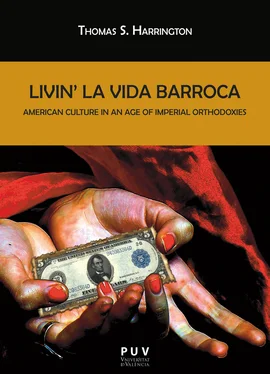




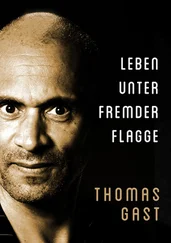
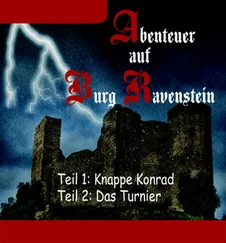


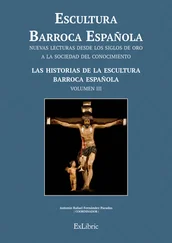
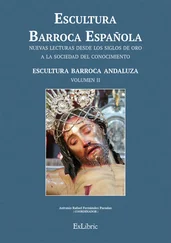

![Johann von Goethe - [Einleitung zu:] Thomas Carlyle, Leben Schillers](/books/747389/johann-von-goethe-einleitung-zu-thomas-carlyle-thumb.webp)